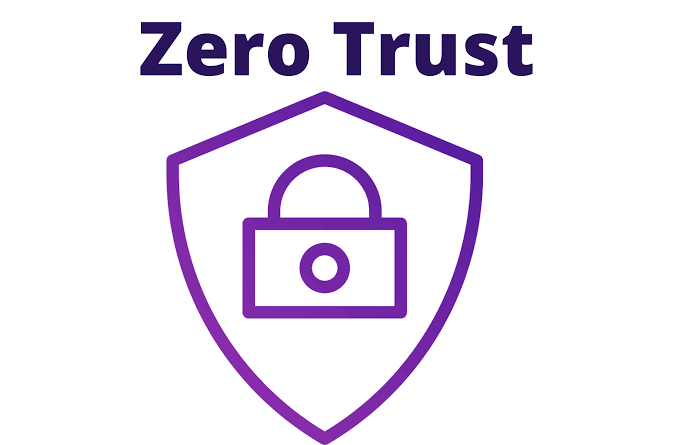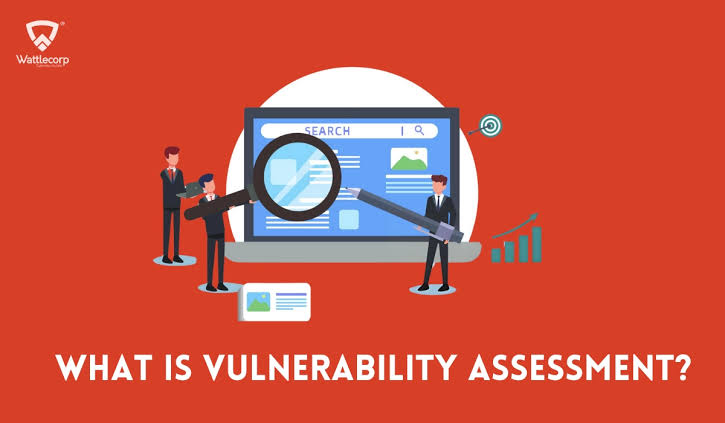In today’s digital landscape, cyber blackmail has emerged as a significant threat to individuals and organizations alike. This form of cybercrime exploits vulnerabilities in personal and professional life, leveraging fear and intimidation to achieve financial gain. In this article, we will define cyber blackmail, explore its common tactics, discuss prevention strategies, and outline steps to take if you become a victim.
What is Cyber Blackmail?
Cyber blackmail, often referred to as online extortion, occurs when an individual or group threatens to reveal sensitive information about someone unless a ransom is paid. This can include personal photos, financial records, confidential business data, or even damaging information about a person’s reputation. The perpetrators, commonly known as blackmailers or extortionists, use various tactics to manipulate their victims.
Cyber blackmail can manifest in several ways, including:
- Sextortion: This involves threats to release intimate images or videos unless the victim pays or complies with the blackmailer’s demands.
- Data Breaches: Hackers may steal sensitive data from a company and threaten to release it publicly if a ransom is not paid.
- Doxxing: This tactic involves gathering and publicly releasing personal information about an individual to intimidate them into paying.
Common Tactics Used in Cyber Blackmail
Understanding the methods used by cyber blackmailers can help individuals and organizations recognize potential threats. Here are some common tactics:
- Phishing Attacks: Blackmailers often use phishing emails to gain access to sensitive information. These emails may appear to be from legitimate sources and trick victims into revealing passwords or personal data.
- Malware: Some blackmailers deploy malware to infiltrate a victim’s device, allowing them to access sensitive files and photos. This malware can be delivered via malicious links or attachments.
- Social Engineering: Cybercriminals may conduct extensive research on their victims, gathering personal information from social media profiles and other online sources to make their threats more credible.
- Fake Online Profiles: Blackmailers may create fake accounts on social media or dating sites to establish a relationship with their victims. Once trust is built, they may threaten to expose private communications or images.
How to Avoid Becoming a Victim of Cyber Blackmail
Preventing cyber blackmail requires vigilance and proactive measures. Here are several strategies to help protect yourself:
- Educate Yourself: Understanding the risks associated with online interactions is crucial. Stay informed about the latest cyber threats and tactics used by blackmailers.
- Use Strong Passwords: Create complex passwords that are difficult to guess. Avoid using easily accessible information, such as birthdays or names. Consider using a password manager to keep track of multiple passwords.
- Enable Two-Factor Authentication (2FA): 2FA adds an additional layer of security by requiring a second form of verification, such as a text message code, in addition to your password.
- Be Cautious with Personal Information: Limit the amount of personal information you share online, particularly on social media. Be mindful of privacy settings and who can view your profiles.
- Verify Links and Attachments: Be cautious when clicking on links or downloading attachments from unknown sources. Always verify the legitimacy of emails before responding or providing any personal information.
- Regularly Update Software: Keep your operating system, applications, and security software up to date. Regular updates help protect against vulnerabilities that blackmailers may exploit.
- Use Secure Connections: Avoid using public Wi-Fi networks for sensitive transactions. Use a virtual private network (VPN) to encrypt your internet connection when accessing public networks.

What to Do If You Become a Victim of Cyber Blackmail
If you find yourself facing a blackmail threat, it’s essential to act quickly and calmly. Here are steps to take if you become a victim:
- Do Not Pay the Ransom: While it may be tempting to pay the blackmailers, there’s no guarantee that they will follow through on their threats. Paying can also encourage further extortion attempts.
- Document Everything: Keep records of all communications with the blackmailer. Take screenshots, save emails, and note any relevant details, such as usernames, dates, and times.
- Report the Incident: Contact law enforcement and report the blackmail to the authorities. Many countries have cybercrime units that can provide assistance.
- Inform Your Online Platform: If the blackmail is occurring on a specific platform (social media, dating sites, etc.), report the user and the incident to the platform. Most platforms have policies against harassment and extortion.
- Reach Out for Support: If the situation is causing emotional distress, consider reaching out to friends, family, or a mental health professional for support. You don’t have to face this alone.
- Consider Professional Help: If sensitive data has been compromised, consult with cybersecurity professionals to assess the damage and take steps to secure your data.
- Stay Vigilant: After the incident, continue to monitor your accounts and personal information. Be on the lookout for any unusual activity or attempts at further extortion.
Notable Incidents of Cyber Blackmail: Real-World Examples
Here are a few notable incidents of cyber blackmail that you can reference in your article:
- The 2017 “Sextortion” Case:
- A series of sextortion cases emerged where hackers would gain access to victims’ email accounts, often through phishing attacks. They would then threaten to release compromising videos or photos unless the victim paid a ransom. This led to significant media coverage, with many individuals coming forward to share their experiences. Law enforcement agencies advised against paying the ransom and encouraged victims to report the incidents.
- The 2020 Garmin Ransomware Attack:
- Garmin, a well-known GPS and wearables company, suffered a ransomware attack that compromised its systems and customer data. The attackers demanded a ransom to prevent the release of sensitive data, including information that could potentially impact users’ privacy. While the exact details of any payments remain unclear, this incident highlighted the vulnerabilities that can arise in large organizations and the potential for blackmail using sensitive data.
- The 2021 “JBS Foods” Ransomware Attack:
- JBS Foods, one of the world’s largest meat suppliers, fell victim to a ransomware attack that led to significant operational disruptions. The attackers reportedly demanded an $11 million ransom, threatening to release sensitive data if not paid. The incident raised awareness about the threats facing critical infrastructure and the potential for cyber blackmail in the food supply chain.
- The 2022 “BlackCat” Ransomware Group:
- The BlackCat group has been involved in various high-profile cyber extortion cases, targeting multiple industries. They utilize ransomware to encrypt data and then demand ransoms, often threatening to release sensitive information to the public if their demands are not met. Their tactics include data theft followed by public exposure threats, exemplifying the dual nature of cyber blackmail.
Conclusion
Cyber blackmail is a growing threat that can have devastating consequences for individuals and organizations. By understanding what cyber blackmail is, recognizing common tactics used by blackmailers, and implementing proactive prevention strategies, you can significantly reduce your risk of becoming a victim.
If you do find yourself targeted, remember to stay calm, document the incident, and seek help. Awareness and preparation are your best defenses against cyber blackmail. Stay informed, stay secure, and take control of your online presence.






